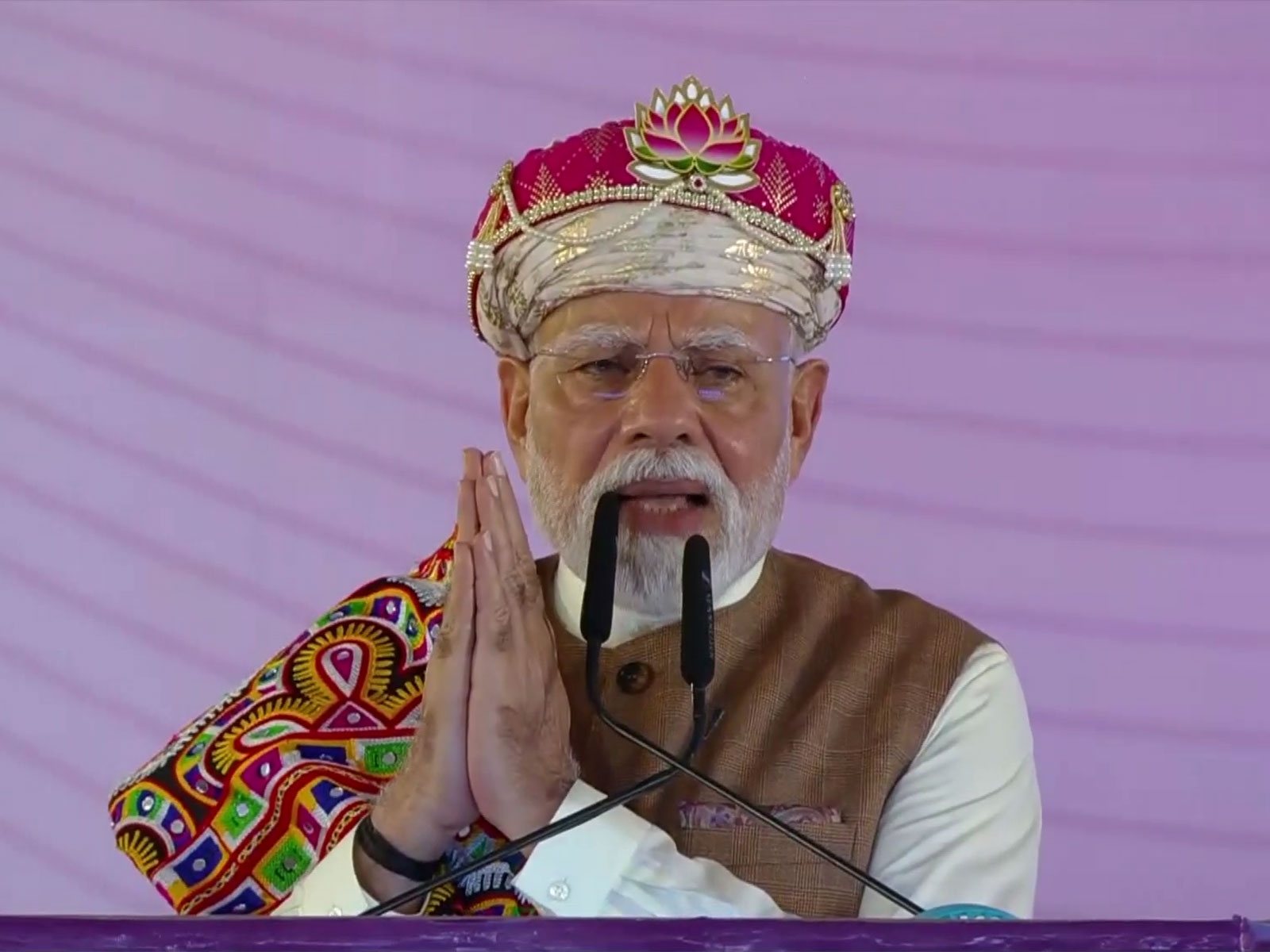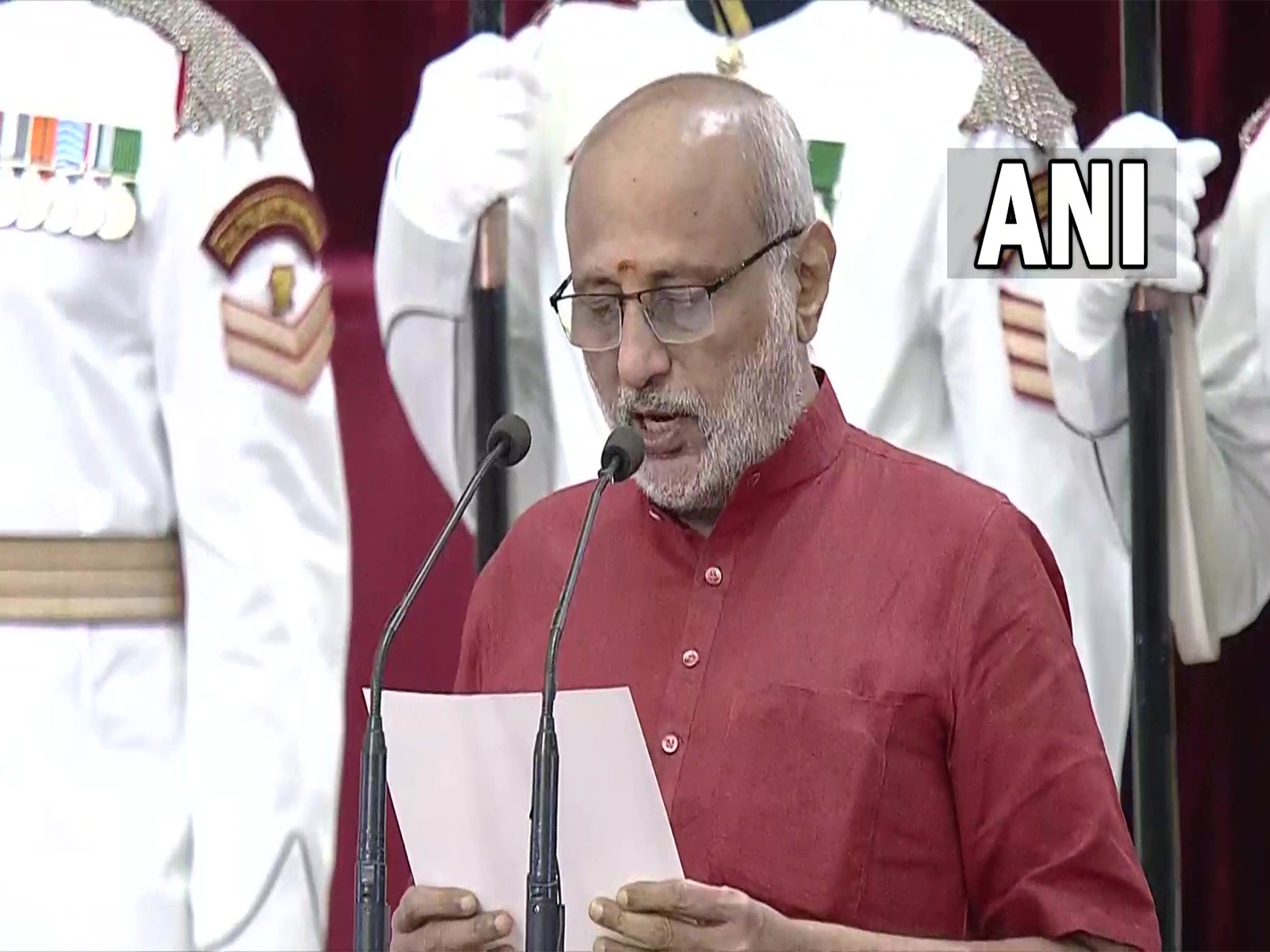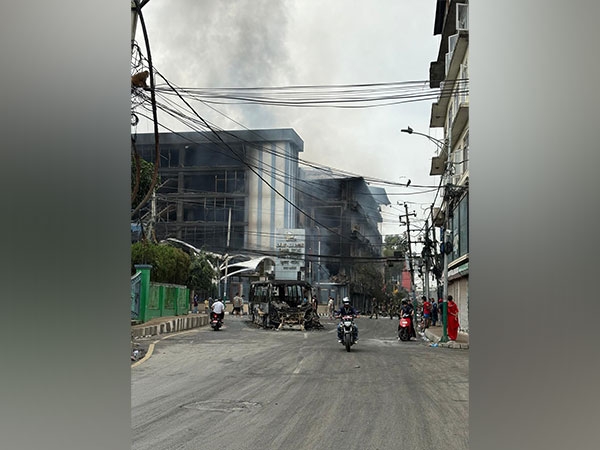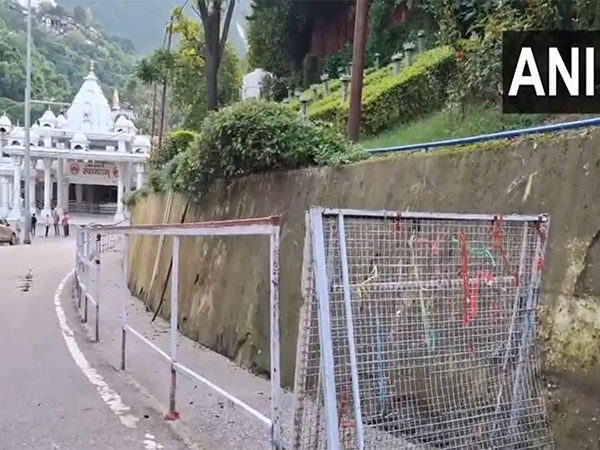Sri Sri Ravishankar's mega event spells trouble for the Yamuna

The event
- Art of Living Foundation to hold festival on Yamuna banks
- Construction on in full swing for 11-13 March event
- Expected footfall: 3.5 million
More in the story
- How will the event affect the river\'s ecosystem?
- What does the experts experts say?
- What does the organisers say?
Sri Sri Ravishankar is set probably for a Guiness Record. But for a cost.
The spiritual guru's Art of Living Foundation will mark its 35th anniversary by hosting a cultural fest on 11-13 March, which is expected to attract more than 3.5 million.
There will be 25,000 artistes and 8,000 musicians at a seven-acre arena. The problem is, that arena is being built at an ecologically sensitive zone - the banks of the Yamuna flowing through the Capital.
Ever since preparations for the event started beside the river, environmentalists have requested the foundation to shift its venue to avoid irreparable ecological damage. And after repeated requests, Manoj Mishra, the convenor of Yamuna Jiye Abhiyan, petitioned the National Green Tribunal (NGT) to restrict construction at the site where the event was to be held.
The NGT sent notices on Thursday to the Delhi government, Delhi Development Authority (DDA) and Art of Living (AOL) to submit documents on the basis of which the permission was granted for the event. It also asked an IIT consortium to inspect the site and submit a status report. On Friday, the NGT asked for a fresh round of inspection.
AOL representatives said they took permission from all authorities before starting the construction.
According to Mishra's petition, construction on the river bed, covering 25 acres, has started resulting in a lot of debris being dumped, violating various NGT orders.
He notified the tribunal that the massive clearing, levelling, dumping and construction will hurt the environment and ecological landscape of the region. Here are some of their
What's their argument?
- There has been no assessment of the possible environmental and ecological impact of holding an event with 35 million footfalls over two and a half days on the floodplain.
- The area where the festival will be held, along with approach roads, are within the region marked as the river's active floodplain that gets flooded whenever the river has excess water. They play a critical role in the overall acquatic system and groundwater sewage.
- The ecology will be damage by the removal of greenery and vegetation around the floodplain close to the course of the river because of the dumping of debris in the area and raising of the level of land.
- Any kind of construction in the area is a blatant violation of NGT orders that specifically prohibits any sort of temporary and permanent construction in the riverbed and the foodplain, which is currently under an NGT-mandated restoration plan. There is a legal injuction on any new construction there.
- The tribunal observed that relentless construction in the area would "not just affect the natural flow of the river, but even cause environment problems besides raising risk to human life and property."
The AOL defence
"We have consulted the Ministry of Environment, which said its approval was not required. DDA, the Uttar Pradesh Irrigation Authority and have all given a no-objection certificates," said AOL's Gautam Gir.
He said the foundation would ensure there's no environmental impact: "Environment protection is a major area of concern for the Art of Living foundation."
Why that's not enough
"River plains are an integral part of a river, connecting biodiversity. It is not a wasteland that can be encroached upon. This event has resulted in shifting of earth from one place to another, including into the course of the river," said Himanshu Thakkar, coordinator of South Asia Network on Dams, Rivers and People (SANDRP).
"Laying the foundation of such a gigantic stage itself has a lot of environmental implications," he added.
Yamuna Jiye Abhiyan also raised questions:
- Why is an international fest being held on the bed of one of the most polluted rivers in the country?
- How could the Ministry of Culture - named among the supporters of the event - not take cognisance of the environmental damage?
Ironically, the foundation five years ago launched a Clean Yamuna campaign. Ravishankar the had said: "A staggering 3.6 billion tonne untreated sewerage flows daily into the Yamuna, which supplies 60% of the region's water."
AOL's Jal Jagruti Abhiyan in Maharashtra focuses on the revival and de-silting of water bodies.
Catch visited the site where the construction of roads, massive parking spaces and gigantic structures were under way.
"The loss of the floodplains is irreparable." Mishra fervently said.
While explaining the importance of conserving and protecting a river system, Ravishankar had said: "We always used the water of holy rivers like Ganga and Yamuna to purify ourselves, but today we have reached a point where we have to purify this water. So we are waging a war against the pollution in the Yamuna."
Let's hope the guru's words were not mere homilies.
Edited by Joyjeet Das
First published: 21 February 2016, 2:58 IST






![BJP's Kapil Mishra recreates Shankar Mahadevan’s ‘Breathless’ song to highlight Delhi pollution [WATCH] BJP's Kapil Mishra recreates Shankar Mahadevan’s ‘Breathless’ song to highlight Delhi pollution [WATCH]](https://images.catchnews.com/upload/2022/11/03/kapil-mishra_240884_300x172.png)

![Anupam Kher shares pictures of his toned body on 67th birthday [MUST SEE] Anupam Kher shares pictures of his toned body on 67th birthday [MUST SEE]](https://images.catchnews.com/upload/2022/03/07/Anupam_kher_231145_300x172.jpg)






